Ho Chi Minh City has about 230 traditional markets spread across districts, towns, and Thu Duc City. In contrast to the bustling scene of customers shopping before the Covid-19 pandemic, purchasing power at the markets has now decreased sharply, in some places by more than 70%. How to help traditional markets "survive" is the concern of all levels, sectors, and businesses.
Spontaneous market siege
Recorded on November 25 at some traditional markets in Ho Chi Minh City, the number of customers buying was not much. The number of customers buying goods was shared with the nearby spontaneous market.
Typically, “hugging” Nhat Tao market (District 10) - the section from Nguyen Duy Duong to Ba Hat, are the households living around, selling all kinds of fruits, vegetables... Occasionally, there are fruit carts "following". The selling price is also competitive, 3,000-5,000 VND cheaper per item compared to the price in the market.
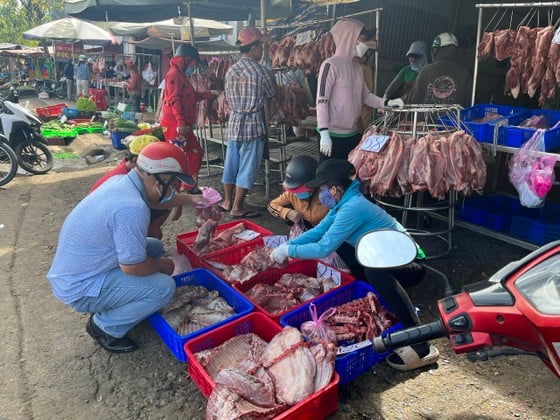 |
Buyers choose pork displayed on the street at a spontaneous selling point in front of Hoc Mon wholesale market at noon on November 25. Photo: THI HONG |
“Buyers ride motorbikes, pull over to buy vegetables, meat, and fish, then quickly drive home without stopping at the market,” said Ms. T., a trader at Nhat Tao market.
Similarly, the frontage of Hoa Hung market (District 10) - Cach Mang Thang Tam section, is also used by people living nearby to sell fruits, meat, fish, etc. People traveling through this section of the road often encounter traffic jams due to chaotic trading and goods spilling out onto the street.
The Hoa Binh market area (District 5) is no exception, many households take advantage of the available space to do business on the spot. Hanh Thong Tay market (Go Vap district) is no better, when the market is surrounded by shops selling clothes, food of all kinds...
Pork sold along the road in the residential area of My Hoa 4 hamlet, Xuan Thoi Dong (Hoc Mon) at noon on November 25. Performed by: THI HONG |
For wholesale markets, such as Binh Dien and Hoc Mon, competition for customers and prices between traders in the market and sellers at spontaneous points is also common.
Specifically, along Nguyen Thi Soc Street (near Hoc Mon wholesale market) and the road axis in My Hoa 4 hamlet residential area, Xuan Thoi Dong (Hoc Mon) is always crowded with customers. All kinds of pork are sold quite cheaply, seafood is poured into pots or plastic sheets on the ground... Motorbikes go back and forth, whoever is satisfied will stop to buy. As for food hygiene and safety, it is... a matter of luck. Various types of vegetables are about 20,000 VND/3 bunches. Seafood (snails, shrimp...) costs from 35,000 - 150,000 VND/kg. Pork is from 58,000 - 120,000 VND/kg and this price is cheaper than traditional markets from 20,000 - 30,000 VND/kg, depending on the type.
“All of the pork is fresh and freshly slaughtered. We buy it directly from the wholesale market and bring it here, so it is very safe,” said Ms. H., a seller in the residential area of My Hoa 4 Hamlet.
Arrange and convert market functions
The reality is that spontaneous markets are thriving, while traditional markets are losing customers and cannot compete, many small traders said they are very upset. Ms. H., who sells various types of seafood at Hoa Hung market, shook her head, unhappy when asked about sales: “Purchasing power has decreased by nearly 50% compared to before the Covid-19 pandemic. Buyers are now reluctant to go to the market, buying wherever is convenient. Not to mention, each stall has to pay extra for electricity, water, etc. while spontaneous sellers do not have to pay any fees. So how can we compete?”
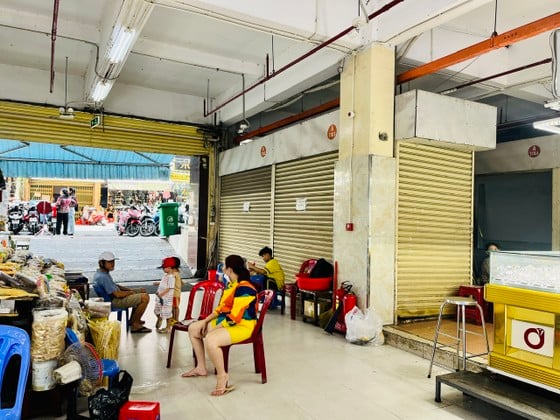 |
The ground floor of An Dong market was deserted, some stalls were closed at noon on November 25. Photo: THI HONG |
The management boards of wholesale markets such as Binh Dien and Hoc Mon have repeatedly petitioned local authorities and authorities (Department of Industry and Trade, district police, etc.) to intervene and clear out spontaneous markets, but after a while, things went back to normal.
Not only the traditional markets mentioned above, but also some "key" markets included in the plan to increase the number of tourists and attract international visitors such as An Dong and Binh Tay are not doing any better.
Calculating the number of customers from morning to 5pm on November 25, Ms. L. sighed and said that there were dozens of people visiting and asking for prices, but only 5 people bought. The total value of the orders was very small, only a few hundred thousand VND. If all costs (electricity, water, staff, etc.) were deducted, the profit was less than 100,000 VND/day.
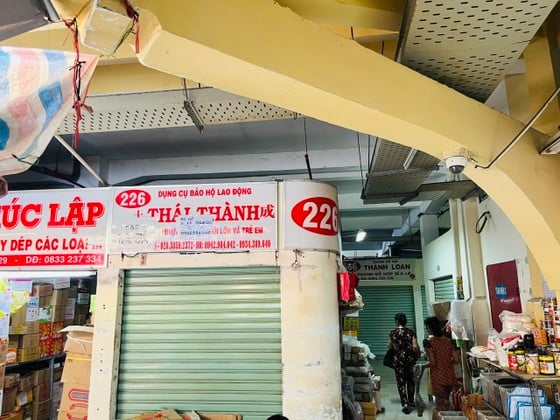 |
A series of stalls with signs for rent at Binh Tay market, district 6. Photo: GIA HAN |
Ms. T., a retailer with three stalls selling fashion clothes at An Dong market, said that she had to close two stalls and keep one because business was slow. Similarly, stalls were locked and signs were hung up for rent at Binh Tay market (District 6)…
According to Ms. M., a candy merchant at Binh Tay market, those who have stayed and are still doing business at this point are very passionate about their jobs. They hope that purchasing power will improve at the end of the year. “We are doing many things to retain purchasing power, such as selling online via Zalo, Facebook…”, Ms. M. said.
Spontaneous market surrounds Hoc Mon wholesale market. Performed by: ANH XUAN |
A few days ago, the Department of Industry and Trade of Ho Chi Minh City informed that it has coordinated with districts, towns, and Thu Duc City to increase purchasing power for traditional markets; at the same time, it has strengthened connections between provinces and cities to promote trade and find outlets for the markets. Currently, the Department of Industry and Trade of Ho Chi Minh City is reviewing, re-evaluating, or will change the functions of the markets to help them operate more effectively.
Economic experts also said that what needs to be done is to improve service quality, avoid the situation of small traders "ripping off" customers, ensure food safety and hygiene, classify and handle garbage neatly and cleanly... Normally, wherever tourists go, that place will be cleaner, more civilized; but on the contrary, places that are shabby and have poor service quality... will be very difficult to attract visitors.
Scared of the flea market
In the evening, on Pham Van Bach street (connecting Tan Binh district and Go Vap district), only about 3km long, there are dozens of places selling vegetables, fruits, meat and fish of all kinds...
Similarly, spontaneous selling points along Duong Thi Muoi, Tan Thoi Hiep 21 (intersection of Tan Thoi Hiep 06), Trung My Tay 13 in District 12 are also a nightmare for people.
Vendors compete to set up stalls on the sidewalk, taking up half the lane to attract customers. There have been cases of pedestrians being hit by vehicles due to collisions with these stalls.
The trucks even blatantly parked right in the middle of the road, obstructing traffic and ruining the urban beauty. However, when they saw the urban order management force checking, the traders quickly moved their trucks to another place and just a moment later, they returned to the old location, continuing to do business.
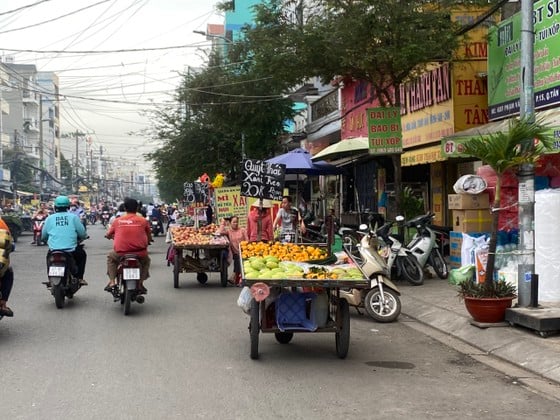 |
Street vendors on Pham Van Bach Street. Photo: HAI NGOC |
Support small businesses to promote products online
To help small traders increase sales and attract customers, recently, the Management Board of An Dong and Binh Tay markets has continuously held training sessions to support people.
Ms. Nguyen Ngoc Que Phuong, Head of Binh Tay Market Management Board, said that the board accompanies traders to innovate, improve service quality, increase purchasing power; apply information technology to online sales. Currently, the board has introduced to domestic and foreign tourists typical souvenir products, such as fashionable cloth bags, tea sets, glass cups printed or engraved with Binh Tay market motifs, etc.
Ms. Nguyen Thi Ngoc Ha, Deputy Head of the Management Board of An Dong Trade and Service Center (also known as An Dong Market) added that the Economic Department of District 5 has organized many training sessions for traders to apply information technology to sell on TikTok, Zalo, Facebook, livestream... to attract shoppers.
At Ben Thanh market, traders have applied cashless payment via QR code, payment via POS machine... quite conveniently.
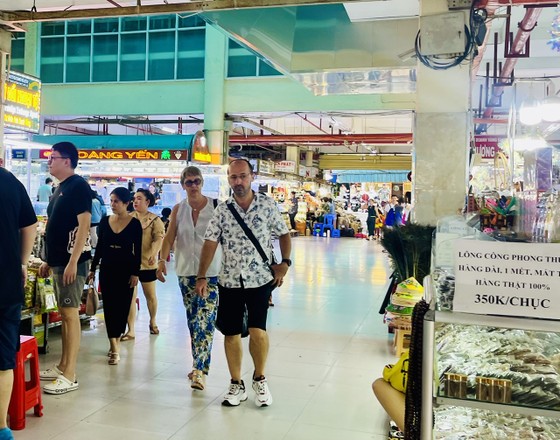 |
International visitors visit An Dong market on the afternoon of November 25. Photo: GIA HAN |
Source








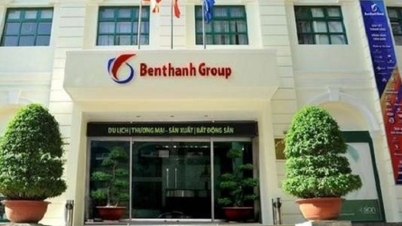

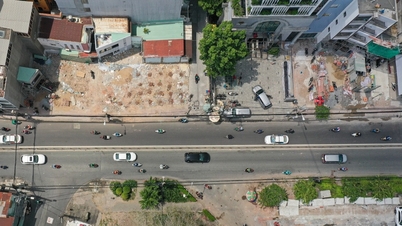

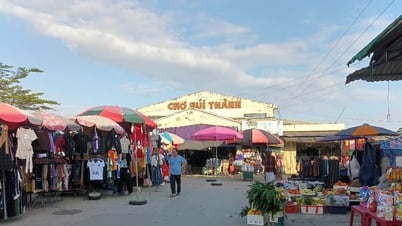











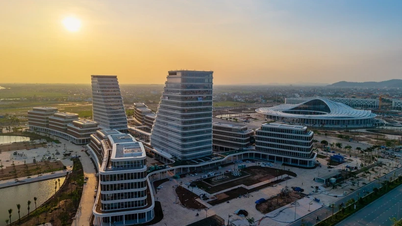









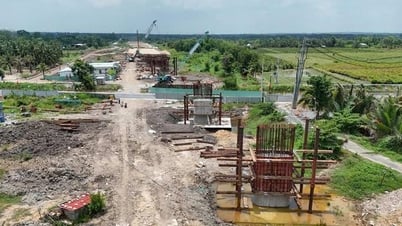




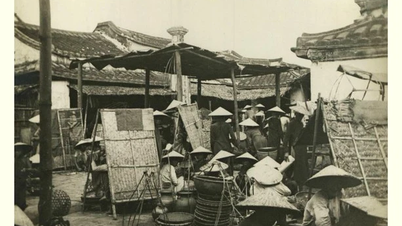



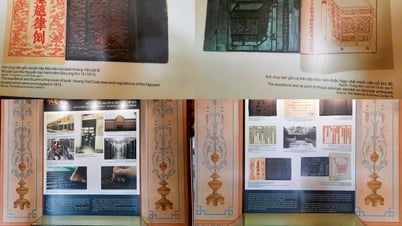







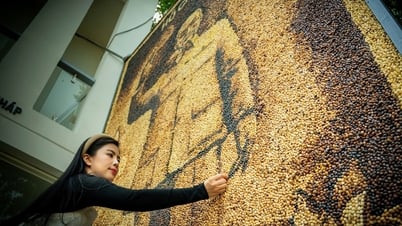






























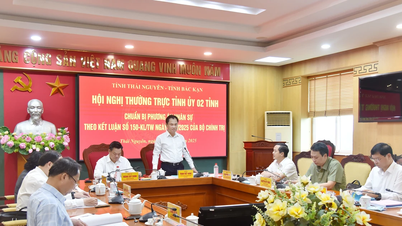









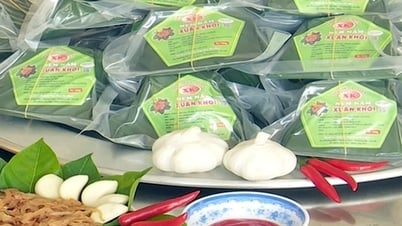


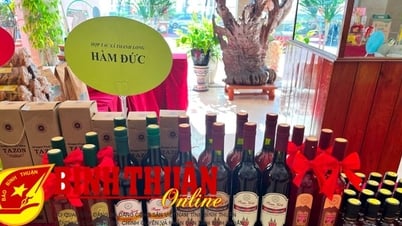

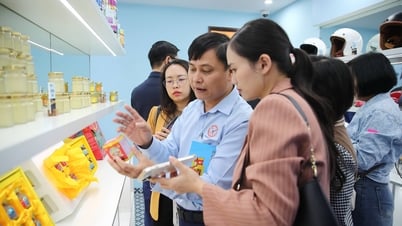

Comment (0)